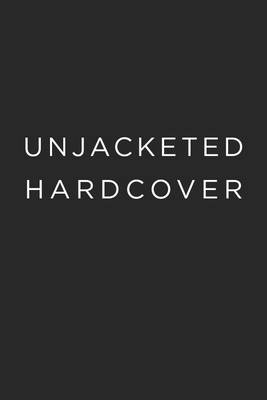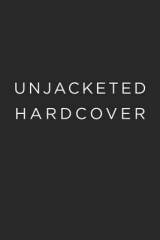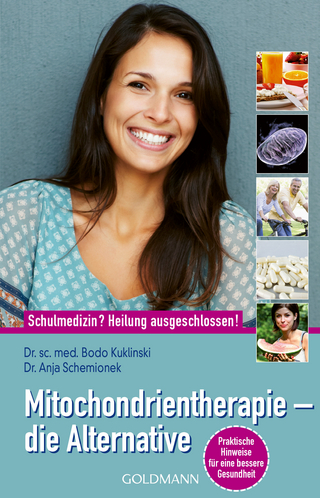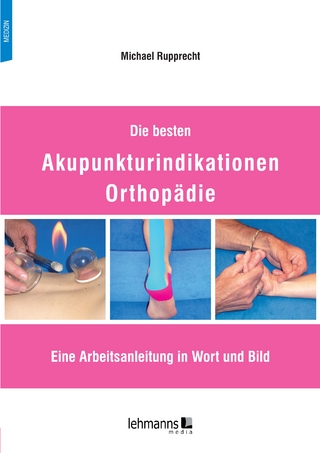What Is Medicine?
University of California Press (Verlag)
978-0-520-25765-8 (ISBN)
- Lieferbar (Termin unbekannt)
- Versandkostenfrei
- Auch auf Rechnung
- Artikel merken
"What Is Medicine? Western and Eastern Approaches to Healing" is the first comparative history of two millennia of Western and Chinese medicine from their beginnings in the centuries BCE through present advances in sciences like molecular biology and in Western adaptations of traditional Chinese medicine. In his revolutionary interpretation of the basic forces that undergird shifts in medical theory, Paul U. Unschuld relates the history of medicine in both Europe and China to changes in politics, economics, and other contextual factors. Drawing on his own extended research of Chinese primary sources as well as his and others' scholarship in European medical history, Unschuld argues against any claims of 'truth' in former and current, Eastern and Western models of physiology and pathology. "What Is Medicine?" makes an eloquent and timely contribution to discussions on health care policies while illuminating the nature of cognitive dynamics in medicine, and it stimulates fresh debate on the essence and interpretation of reality in medicine's attempts to manage the human organism.
Paul U. Unschuld is Professor and Director of the Horst-Goertz Institute for the Theory, History, and Ethics of Chinese Life Sciences, Charite Medical University-Berlin. He is the author of numerous works on European medical history and Chinese medical history including Medicine in China: A History of Pharmaceutics and Huang Di Nei Jing Wen: Nature, Knowledge, Imagery in and Ancient Chinese Medical Text, both from UC Press. Karen Reimers, MD is a graduate of McGill University and the Ludwig-Maximilians University of Munich.
Preface 1 Life = Body Plus X 1 2 Medicine, or Novelty Appeal 3 Why Laws of Nature? 4 Longing for Order 5 Ethics and Legality 6 Why Here? Why Now? 7 Thales' Trite Observation 8 Polis, Law, and Self-determination 9 The Individual and the Whole 10 Nonmedical Healing 11 Mawangdui: Early Healing in China 12 Humans Are Biologically Identical across Cultures. So Why Not Medicine? 13 The Yellow Thearch's Body Image 14 The Birth of Chinese Medicine 15 The Division of the Elite 16 A View to the Visible, and Opinions on the Invisible 17 State Concept and Body Image 18 Farewell to Demons and Spirits 19 New Pathogens, and Morality 20 Medicine without Pharmaceutics 21 Pharmaceutics without Medicine 22 Puzzling Parallels 23 The Beginning of Medicine in Greece 24 The End of Monarchy 25 Troublemakers and Ostracism 26 I See Something You Don't See 27 Powers of Self-healing: Self-evident? 28 Confucians' Fear of Chaos 29 Medicine: Expression of the General State of Mind 30 Dynamic Ideas and Faded Model Images 31 The Hour of the Dissectors 32 Manifold Experiences of the World 33 Greek Medicine and Roman Incomprehension 34 Illness as Stasis 35 Head and Limbs 36 The Rediscovery of Wholeness 37 To Move the Body to a Statement 38 Galen of Pergamon: Collector in All Worlds 39 Europe's Ancient Pharmacology 40 The Wheel of Progress Turns No More 41 Constancy and Discontinuity of Structures 42 Arabian Interlude 43 The Tang Era: Cultural Diversity, Conceptual Vacuum 44 Changes in the Song Era 45 The Authority of Distant Antiquity 46 Zhang Ji's Belated Honors 47 Chinese Pharmacology 48 The Diagnosis Game 49 The Physician as the Pharmacist's Employee 50 Relighting the Torch of European Antiquity 51 The Primacy of the Practical 52 The Variety of Therapeutics 53 Which Model Image for a New Medicine? 54 The Real Heritage of Antiquity 55 Galenism as Trade in Antiques UC-Unschuld-1pps.indd 10 3/17/29 12:50:21 PM 56 Integration and Reductionism in the Song Dynasty 57 The New Freedom to Expand Knowledge 58 Healing the State, Healing the Organism 59 Trapped in the Cage of Tradition 60 Xu Dachun, Giovanni Morgagni, and Intra-abdominal Abscesses 61 Acupuncturists, Barbers, and Masseurs 62 No Scientific Revolution in Medicine 63 The Discovery of New Worlds 64 Paracelsus: A Tumultuous Mind with an Overview 65 Durable and Fragile Cage Bars 66 The Most Beautiful Antiques and the Most Modern Images in One Room 67 Harvey and the Magna Carta 68 A Cartesian Case for Circulation 69 Long Live the Periphery! 70 Out of the Waiting Shelter, into the Jail Cell 71 Sensations that Pull into the Lower Parts of the Body 72 Homeopathy Is Not Medicine 73 "God with Us" on the Belt Buckle 74 Medicine Independent of Theology 75 Virchow: The Man of Death as the Interpreter of Life 76 Robert Koch: Pure Science? 77 Wash Your Hands, Keep the Germs Away 78 AIDS: The Disease that Fits 79 China in the Nineteenth Century: A New Cage Opens Up 80 Two Basic Ideas of Medicine 81 Value-free Biology and Cultural Interpretation 82 A Transit Visa and a Promise 83 Scorn, Mockery, and Invectives for Chinese Medicine 84 Traditional Medicine in the PRC: Faith in Science 85 The Arabs of the Twentieth Century, or Crowding in the Playpen 86 When the Light Comes from Behind 87 In the Beginning Was the Word 88 Out of Touch with Nature 89 Theology without Theos 90 Everything Will Be Fine 91 Left Alone in the Computer Tomograph 92 Healing and the Energy Crisis 93 TCM: Western Fears, Chinese Set Pieces 94 Harmony, Not War 95 The Loss of the Center 96 Contented Customers in a Supermarket of Possibilities 97 The More Things Change 98 One World, or Tinkering with Building Blocks 99 A Vision of Unity over All Diversity Afterword Notes Index
| Erscheint lt. Verlag | 11.9.2009 |
|---|---|
| Übersetzer | Karen Reimers |
| Zusatzinfo | 4 b-w photographs |
| Verlagsort | Berkerley |
| Sprache | englisch |
| Maße | 152 x 229 mm |
| Gewicht | 499 g |
| Themenwelt | Sachbuch/Ratgeber ► Gesundheit / Leben / Psychologie ► Alternative Heilverfahren |
| Geisteswissenschaften ► Archäologie | |
| Sozialwissenschaften ► Ethnologie | |
| Sozialwissenschaften ► Politik / Verwaltung ► Staat / Verwaltung | |
| Sozialwissenschaften ► Soziologie | |
| ISBN-10 | 0-520-25765-0 / 0520257650 |
| ISBN-13 | 978-0-520-25765-8 / 9780520257658 |
| Zustand | Neuware |
| Haben Sie eine Frage zum Produkt? |
aus dem Bereich




